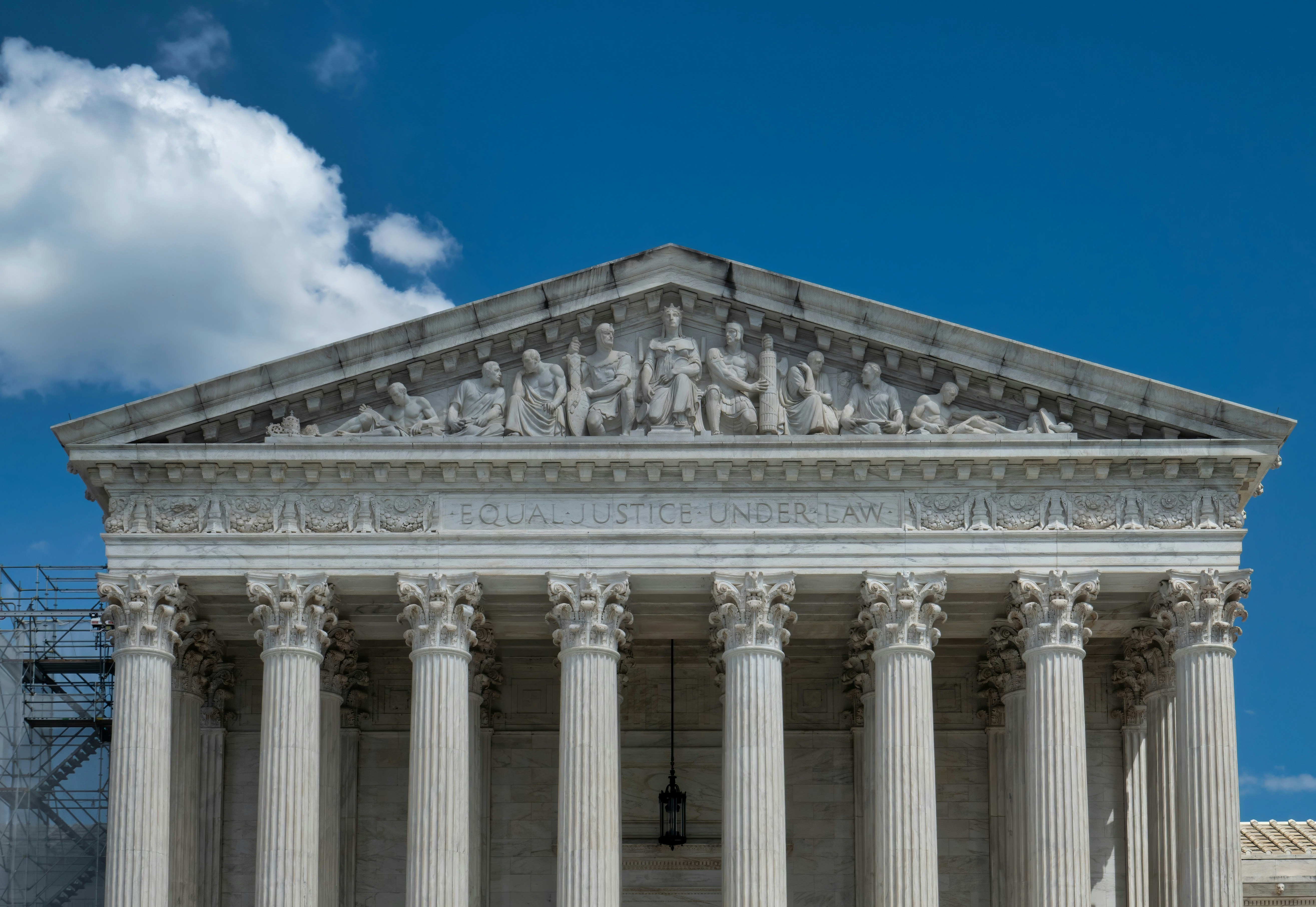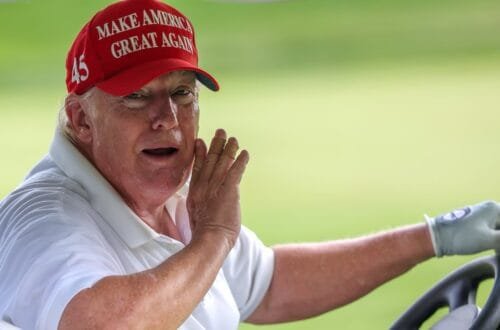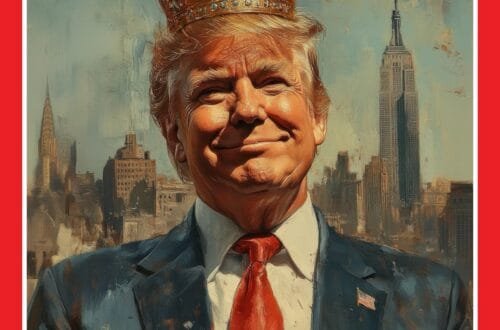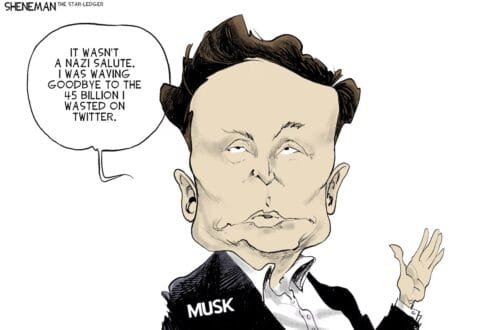Reality of MAGA: Examination of ‘Make America Great Again’
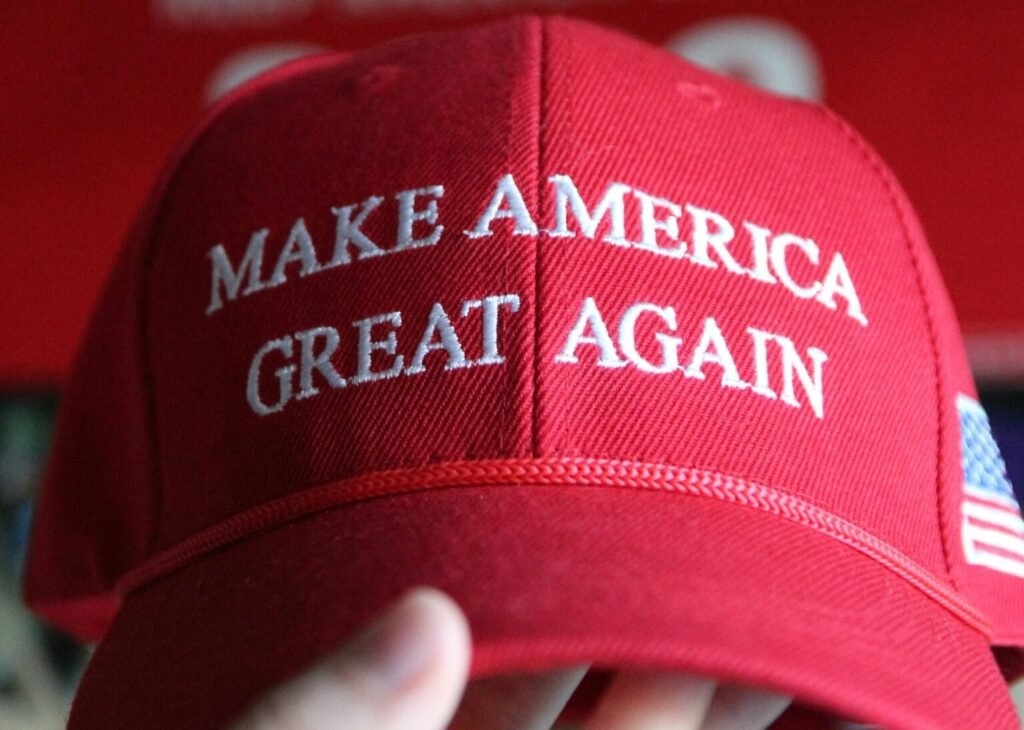
Origins of the MAGA Movement
The phrase “Make America Great Again,” commonly abbreviated as MAGA, emerged as an influential slogan during Donald Trump’s 2016 presidential campaign. This slogan encapsulated a multifaceted message rooted in a longing for an idealized America of the past, resonating with various segments of the American population who felt disenchanted with contemporary political and economic conditions. The origins of this movement can be traced back to earlier political slogans employed by past leaders; notably, Ronald Reagan famously used a similar phrase in his 1980 campaign. This historical reference underscored a yearning among constituents for a return to perceived prosperity and strength.
The MAGA slogan played a vital role in Trump’s campaign strategy, serving not only as a rallying cry but also as a framework for his political identity. It encapsulated a platform that emphasized nationalism, economic protectionism, and a critique of globalization. By focusing on the notion of “greatness,” Trump aligned his values with those of constituents who felt left behind by the prevailing political elite and economic shifts. The slogan successfully mobilized support among various demographics, including working-class voters and individuals disillusioned with traditional political narratives.
The Illusion of Greatness: Pre-Trump America
The assertion often made by proponents of the “Make America Great Again” campaign is that prior to Donald Trump’s presidency, America had lost its luster and prominence on the global stage. However, this perspective simplifies a complex historical narrative and overlooks significant achievements and contributions that characterized the United States in the decades leading up to 2016. From a historical standpoint, America was seen as a beacon of hope and democracy, promoting values such as freedom of speech, human rights, and innovation.
The post-World War II era marked a significant height in America’s global standing, often referred to as a “golden age.” The country experienced unparalleled economic growth, nurturing a booming middle class and making significant advances in civil rights. Civil society flourished during this period, highlighted by the civil rights movement, which made substantial strides in combating discrimination. The perception of American greatness was further bolstered by the nation’s role in establishing international institutions, such as the United Nations and the International Monetary Fund, which aimed to promote global stability and prosperity.
Moreover, America’s contributions to science, culture, and technology during this time fostered a sense of national pride and global leadership. Innovations in fields such as medicine and technology not only improved life domestically but also resonated internationally. Therefore, to claim that “America was not great” prior to Trump overlooks these multifaceted achievements that shaped not only the nation but the wider world, creating an illusion that greatness was a new phenomenon introduced by his administration.
In contrast, the rise of authoritarianism and oligarchy during Trump’s presidency has spawned concerns over diminishing democratic norms, highlighting a departure from the fundamental principles that once defined American greatness. Understanding this historical context is crucial for a comprehensive analysis of America’s narrative, as it sheds light on the complexities and nuances often lost in polarized political discourse.
Global Perception of U.S. Leadership
The election of Donald Trump marked a significant turning point in the global perception of U.S. leadership. Prior to his presidency, the United States held a dominant position in international politics, often viewed as a beacon of democracy and stability. However, Trump’s “Make America Great Again” slogan resonated with a segment of the American public that felt betrayed by the political establishment. This domestic sentiment reverberated across the globe, leading to a reassessment of America’s role on the world stage.
One key aspect of this shift was the perceived erosion of credibility in U.S. government institutions. Under Trump’s administration, various controversial decisions, such as withdrawal from international treaties and trade agreements, fueled skepticism among long-standing allies. For instance, the exit from the Paris Agreement on climate change, which had previously positioned the U.S. as a leader in global environmental efforts, was interpreted as an abandonment of responsibility in addressing a collective challenge. Such actions collectively diminished the trust that other nations had in America’s commitment to multilateralism and cooperative efforts.
Furthermore, America’s foreign policy decisions during this period contributed significantly to strained relationships with allies. The unpredictability of Trump’s administration, marked by abrupt policy shifts and sometimes erratic diplomatic engagement, projected an image of instability. Countries that had traditionally looked to the U.S. for guidance and support began to fear that they could no longer rely on American leadership. This sentiment was evident in the reactions of NATO allies who expressed concerns about the U.S.’s commitment to mutual defense, which had been a cornerstone of the transatlantic alliance for decades.
In light of these developments, the global perception of the United States has shifted from one of leadership and stability to a more fragmented understanding of American influence, emphasizing the complexities introduced during Trump’s presidency. The repercussions of this change are expected to resonate for years to come, as nations navigate a world where the U.S. is perceived as less predictably authoritative.
The Path Forward: Restoring Trust in Governance
Restoring trust in governance is paramount for the continued success and stability of American democracy. To achieve this, a multifaceted approach is necessary, encompassing the roles of citizens, voters, and political leaders alike. First, citizens must engage actively in the political process. This means becoming informed about policies, understanding candidate positions, and participating in elections. Voter education initiatives can empower individuals, providing them with the resources needed to make informed decisions. Active citizenship fosters accountability among elected officials, magnifying the voices of the electorate in the democratic process.
Political leaders also bear a significant responsibility in rebuilding trust. They must commit to transparency in their actions and decisions. This includes communicating openly with constituents regarding policy decisions, budget allocations, and governance challenges. Leaders should strive to establish meaningful connections with the community, encouraging dialogue and feedback. Implementing regular town halls and responding to inquiries can promote a culture of openness, allowing leaders to address concerns and demonstrate their commitment to the populace they serve.
Furthermore, fostering bipartisan cooperation is crucial in restoring faith in American leadership. Political polarization has undermined trust, leading citizens to feel disillusioned with the system. By seeking common ground on national issues, leaders can help reinstate faith in governance. Collaborative initiatives that tackle broader concerns—such as health care, infrastructure, and climate change—can showcase the potential for effective governance when partisanship is set aside.
Lastly, engaging with the global community is essential for restoring international trust in American leadership. Active participation in international organizations and commitments to global norms can help reaffirm the nation’s dedication to cooperation and mutual benefit. By leading with integrity, American governance can rebuild its reputation on the world stage, ultimately ensuring a more credible and reliable presence in international affairs.

